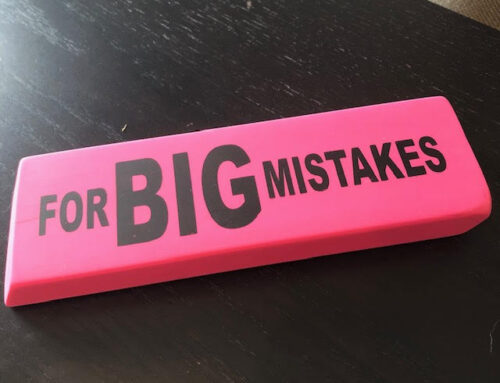I have had the privilege of running training departments in large multi-national organizations, where I had the responsibility of delivering training strategies that mirror company priorities. This month consultants were asked to contribute “scary” blogs as way to celebrate the Halloween season. To connect to this theme, I present ‘scary managerial practices’ that have helped shape my thinking in management training. 
Here is the scary premise. In my 28 years of business experience, when pressure mounts and organizations face poor performance concerns, they often conclude that any issue regarding diminishing company results can be solved with training.
Problem: Mary was late for work again today.
Answer: It’s a training issue.
Problem: Call frequency numbers are down this month.
Answer: It’s a training issue.
Problem: People are not collaborating.
Answer: It’s a training issue.
Problem: They put too much cinnamon in my coffee latte this morning.
Answer: It’s a training issue.
There was a time when this practice was an accepted approach to issues and training departments were working on forty-seven top training priorities.
Fortunately, the cooler heads allowed companies to demonstrate a little common sense in the process and better questions were asked to help determine the root of performance issues.
Years ago, when I was a district manager in southwestern Ontario, I learned a valuable question that has helped me decide how to approach a people management problem.
Is it ignorance or arrogance that is getting in the way of completing the task? More specifically is the person not doing the job because they don’t know how or they don’t care. This question must be answered before devoting energy and support on the problem. It is often a difficult question to answer, because employees are very protective of their training deficiencies. Seldom does an employee tell a manager “I am really bad at problem solving.” Managers must observe and make judgments on any lack of skill, always remembering they are looking for trainable skills to address.
The arrogance piece is a much harder issue to discover and to resolve because it is harder to train for better attitude, cynicism, fear or a sense of entitlement.
So when faced with the scary proposition of fixing performance issues, experience teaches us to consider three important conditions:
- Determine if what you are working on is a training issue at all.
- If it is a training issue provide resources and support with measures to determine success learning and application.
- If what is occurring is not a trainable issue, raise awareness with the employee of the issue. Share impact of behavior and collaborate in a plan that the employee owns, and commits to the change. Always provide coaching and monitor the effort and progress.
In the theme of scary ideas, don’t be frightened to take the time to diagnosis a people performance problem. Once you have decided if it is a trainable issue, the resolutions become easier to implement.








Leave A Comment